Traveling is an exciting adventure, but it requires careful preparation to ensure a smooth journey. One of the most crucial aspects you need to focus on is having the right travel documents. Here, we’ll explore what travel documents you need and how to organize them to avoid any potential hurdles during your travels.
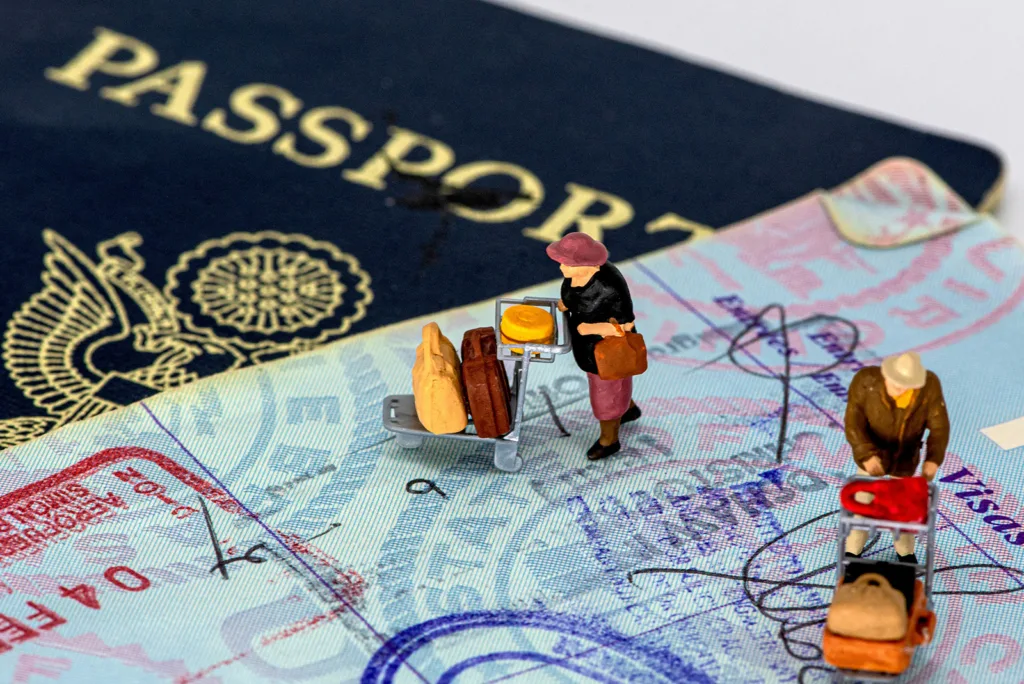
What is a travel document? Travel documents serve as your identification and are proof of your citizenship when traveling internationally. They are essential for boarding your flight and clearing immigration checks. You’ll also find that they’re important for renting a vehicle and handling any emergencies that may arise.
Without proper documentation, you could face delays, fines, or even be denied entry to your destination. Therefore, it’s crucial not only to gather all necessary documents but also to keep them safe during your journey.
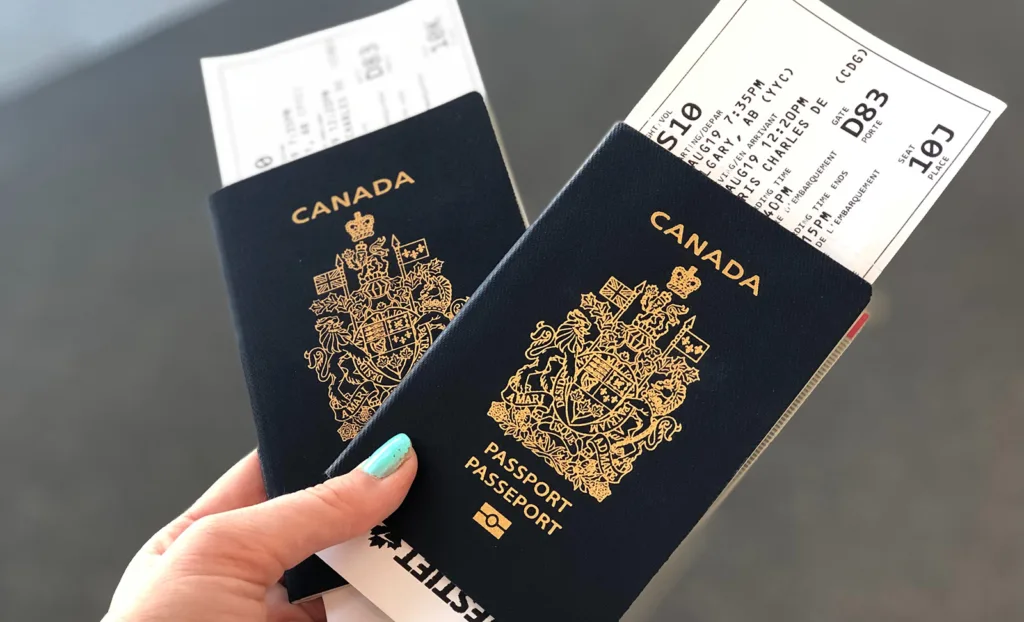
Depending on your travel itinerary and personal circumstances, you may need different types of documents. Here are the key travel documents you must have:
Passports: An international travel document that verifies your identity and nationality. It is the most universally accepted form of identification and is mandatory for international travel.
Ensure that your passport is valid for at least six months beyond your planned departure date. Some countries won’t allow you to enter if your passport is due to expire within six months of your arrival.
Travel Visas: A document or stamp placed in your passport by a foreign country that allows you to visit for a specific purpose and period. The type of visa you need depends on why you’re visiting (tourism, business, study, etc.) and the country’s regulations.
National ID Card: An official document issued by your government that proves your identity and citizenship. While it’s not usually required for international travel, it can serve as a backup identification document if you lose your passport.
Driver’s License: If you plan on driving while abroad, bring your driver’s license. Some countries do not recognize foreign licenses, so you may also need an International Driving Permit.
Health Records: Certain countries require proof of vaccination against specific diseases. With the ongoing COVID-19 pandemic, many countries also require proof of vaccination or a recent negative test.
Travel Insurance Documents: Travel insurance can protect you from unexpected costs due to travel disruptions or medical emergencies. Carry proof of your travel insurance and have a clear understanding of what it covers before you go on your trip.
Other Documents: Depending on the destination, you may need additional documentation like a passenger locator form, proof of accommodation or return flight, and proof of financial means.

To ensure you have the most accurate and up-to-date information, use reliable sources like the IATA Travel Centre or the U.S Department of State website. These platforms provide personalized travel advice based on your details and itinerary.
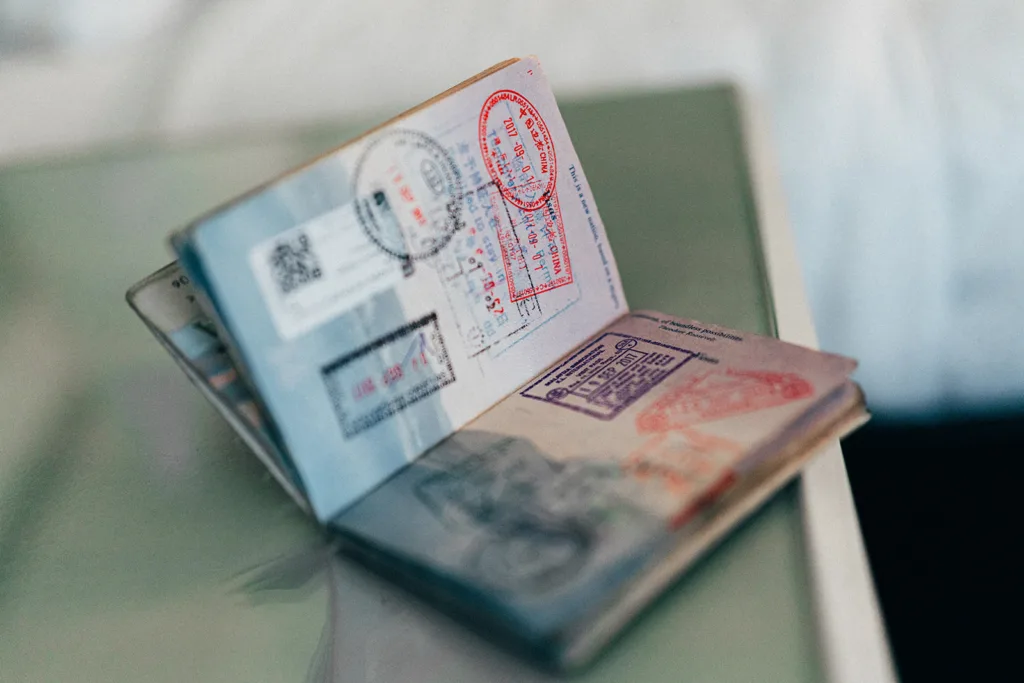
Keeping a copy of your travel itinerary and reservations can help streamline your trip. You should keep a record of flight ticket details, hotel bookings, car rental confirmations, and event tickets.
Keeping your travel documents safe is as important as having them. Here are a few tips:
· Make photocopies of all your travel documents. Leave one copy at home and carry the others separately from the originals.
· Consider digitizing your documents. You can scan them and store them in a secure cloud service.
· Don’t carry all your documents in one place. If your bag gets stolen or lost, not all your documents will be gone.
· Use a travel documents holder to keep your documents in order and easily accessible.
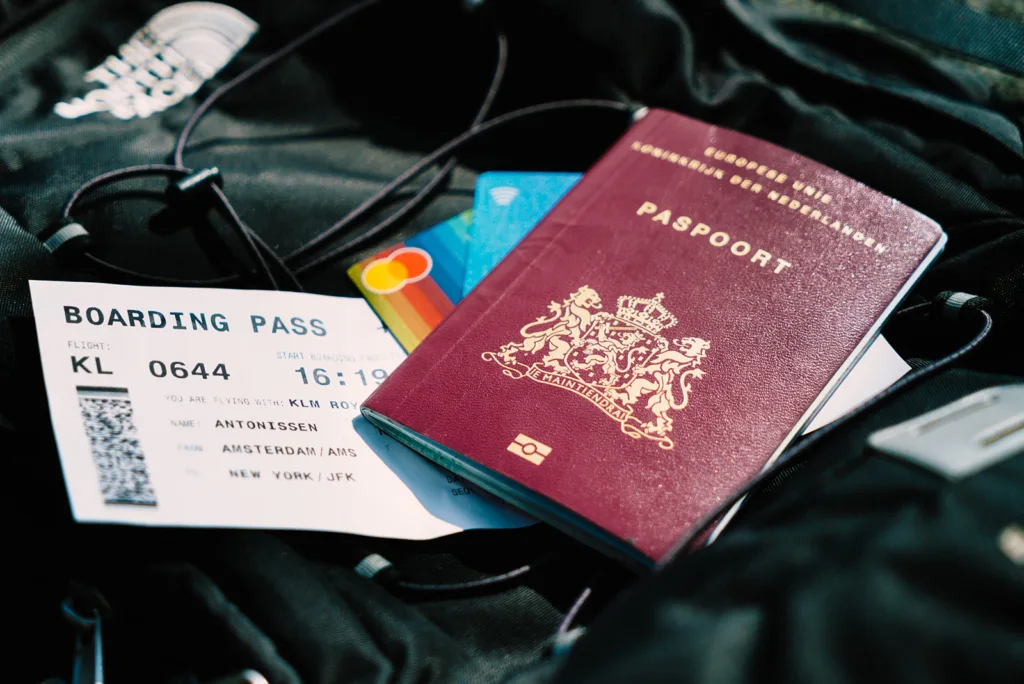
Children under 18 traveling with only one parent or alone may need additional documentation, such as a notarized consent letter from the other parent.
People with dual nationality, journalists, faith-based travelers, students, and others might also need special documents or take additional steps before traveling.
For domestic travel within the United States, as of May 7, 2025, state-issued IDs or licenses must be REAL ID compliant. If your ID isn’t REAL ID compliant, you can use a valid passport instead.
If you arrive at the airport without valid identification, you might still be allowed to fly. The TSA officer may ask you to complete an identity verification process. If your identity is confirmed, you will be allowed to enter the screening checkpoint but be subject to additional screening.
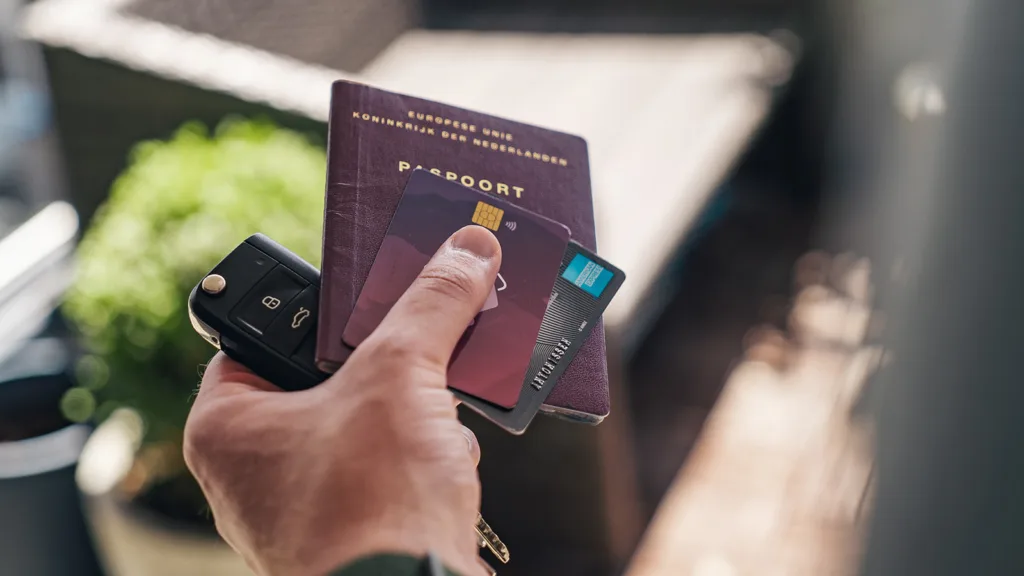
Having the proper travel documents is crucial for a hassle-free journey. Thorough preparation and organization can save you time, help you avoid stressful situations, and help ensure a smooth travel experience.
I hope this guide helps you the next time you hop an international flight. Whether you’re flying to Jamaica for a beach holiday or to Tokyo on a business trip, these are some of my top travel tips. Happy travels!
Counter
101 Countries • 1432 Cities